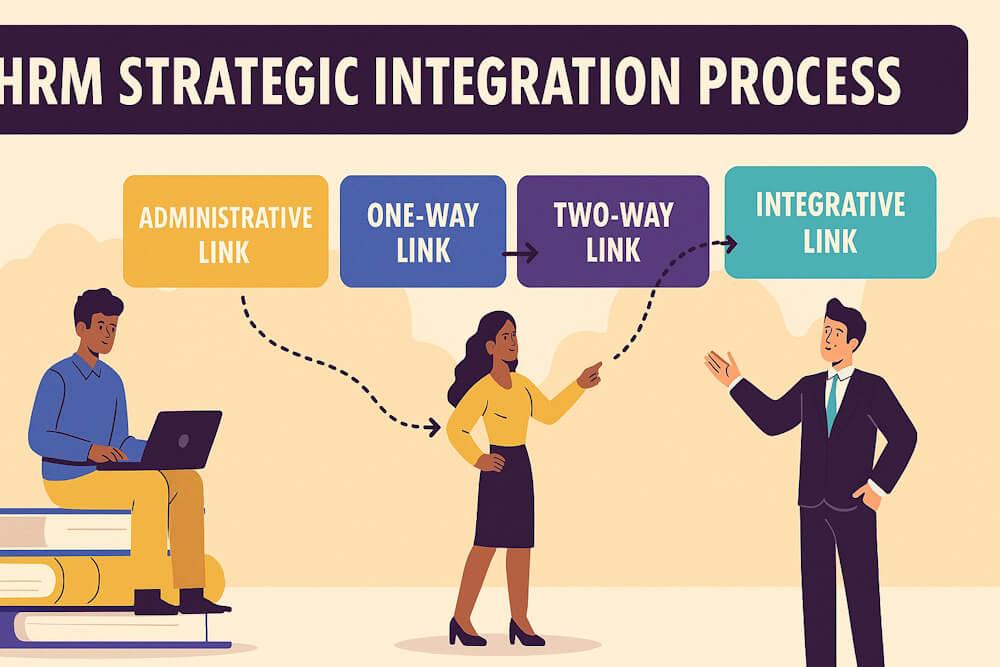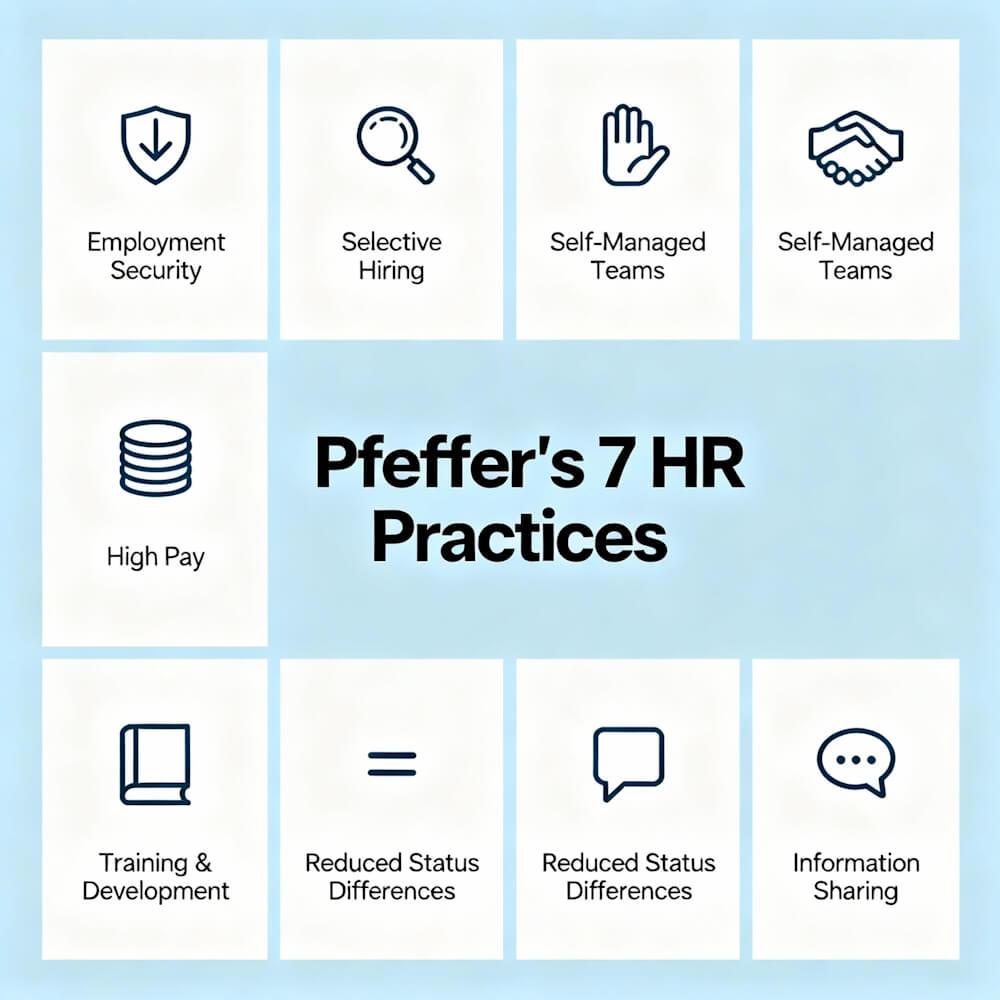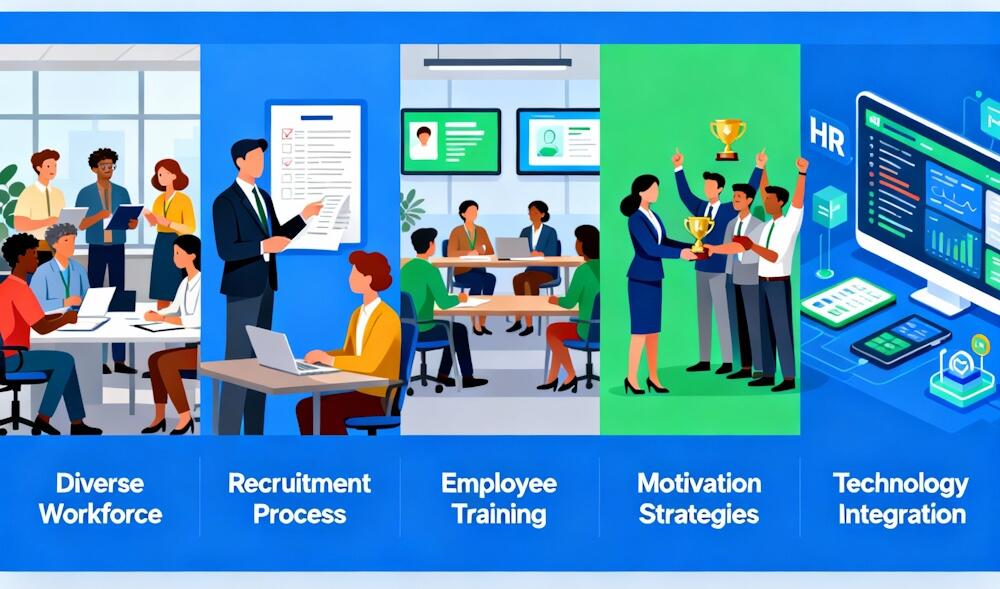Human resource strategies and Strategic Human Resource Management (SHRM) are terms that often get used interchangeably. But truth be told, they aren’t quite the same thing. While they both deal with aligning people practices with organizational goals, their scope and focus vary significantly.
To put it simply, the difference between SHRM and HR strategies is somewhat like the difference between strategic management and business-level strategies. SHRM looks at the big picture—how to navigate long-term challenges and guide the entire direction of human resources. HR strategies, on the other hand, are more tactical. They support specific parts of that larger plan.
Let’s dive deeper into how SHRM and HR strategies are different in practice.
What is SHRM?
Strategic Human Resource Management is a broad, organization-wide approach to managing people. It’s all about aligning HR policies and practices with the long-term vision of the company.
SHRM doesn’t just ask, “Who do we hire next quarter?” It’s more about asking, “What kind of workforce do we need over the next 3–5 years, and how do we build that?”
It’s focused on macro-level issues like:
- Organizational structure
- Workplace culture
- Leadership development
- Future workforce planning
SHRM helps leaders design a roadmap that connects human capabilities to long-term business goals.
What are HR Strategies?
HR strategies are specific action plans or blueprints derived from the broader SHRM framework. They’re more detailed and usually target particular areas like recruitment, performance management, compensation, or learning and development.
In essence, if SHRM sets the destination, HR strategies are the GPS routes that help get there.
HR strategies usually revolve around:
- Hiring the right talent for current needs
- Training for today’s tools and systems
- Addressing immediate workforce gaps
- Supporting execution of short- and mid-term corporate plans
Side-by-Side Comparison: SHRM vs HR Strategies
Here’s a breakdown that highlights their key differences:
| Strategic HRM (SHRM) | HR Strategies |
| A generic, organization-wide approach to strategic human resource management | A specific, action-based outcome of the broader SHRM approach |
| Focuses on the long-term direction of the organization | Focuses on particular goals that need to be achieved within a timeframe |
| Looks at macro-level human resource challenges | Tackles specific HR challenges in support of business strategy |
| Involves big-picture issues like structure, culture, and leadership | Deals with functional areas like recruitment, training, or payroll |
| Defines the areas where unique HR initiatives should be developed | Implements those initiatives through detailed strategies |
| Responsibility is often shared between line managers and HR | Responsibility is often driven by the HR department |
| SHRM is integrated with the organization’s strategic business plan | HR strategies are informed by and serve that strategic plan |
| Main goal is to build long-term workforce capability | Main goal is to get the right people in the right place at the right time |
Final Thoughts
While SHRM and HR strategies are connected, they serve different purposes. SHRM is about setting the direction—the philosophy and big goals that guide everything else in HR. HR strategies are about execution—how those big ideas translate into actual hiring, training, and development programs.
If you’re working in HR or managing a team, understanding both SHRM and HR strategies can help ensure that your workforce isn’t just solving today’s problems, but is also ready for tomorrow’s opportunities.
Read More Related Articles -







